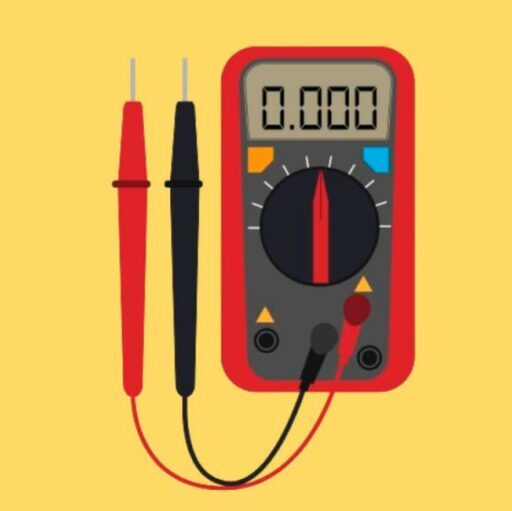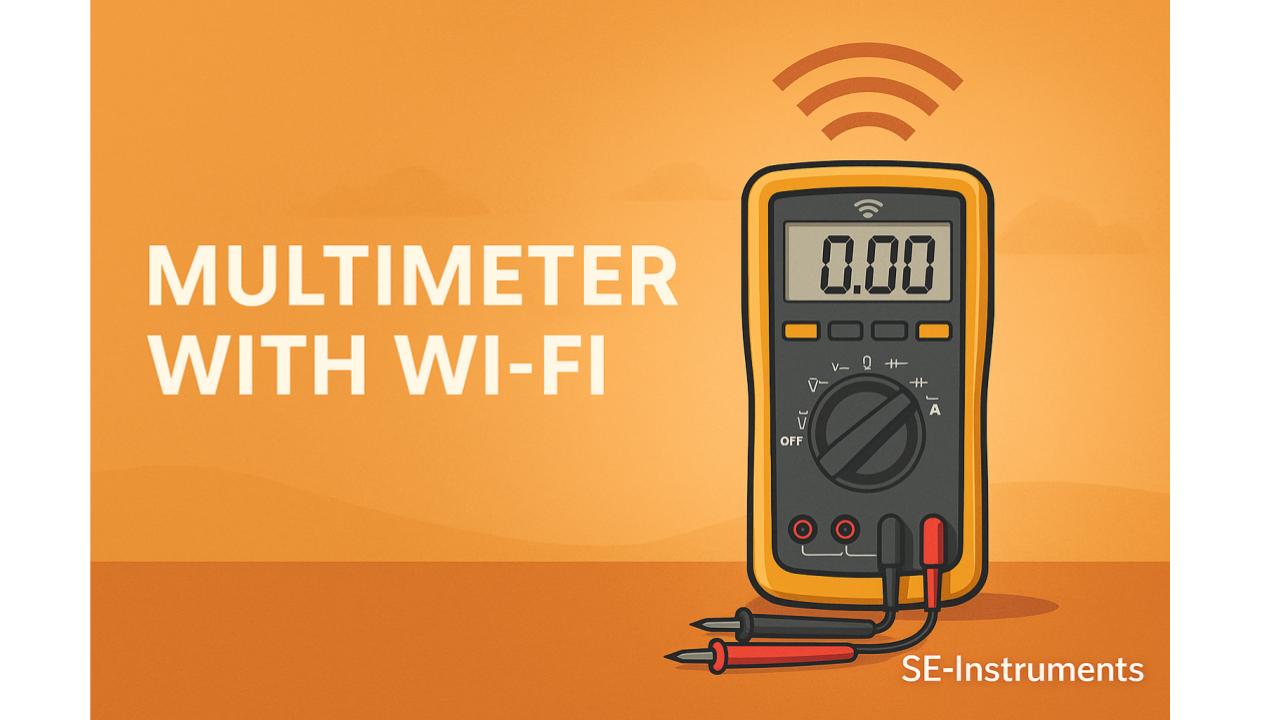While Bluetooth multimeters have gained popularity for convenience and safety, Wi-Fi-enabled multimeters offer an even more powerful solution for advanced diagnostics, long-distance communication, and real-time collaboration.
In this article, we’ll explore what Wi-Fi multimeters are, how they differ from Bluetooth models, who should use them, and which products lead the market today.
Table of Contents
🔧 What Is a Wi-Fi Multimeter?
A Wi-Fi multimeter is a digital multimeter that connects to a Wi-Fi network, enabling remote access and control through cloud-based apps or software. Unlike Bluetooth, which has a short range (~30 feet), Wi-Fi lets users monitor and log electrical measurements from anywhere, as long as there’s internet access.
These meters often include advanced logging features, real-time dashboards, and the ability to share live data with teammates across the globe.
📈 Benefits of Wi-Fi Multimeters
1. 🔭 Long-Range Monitoring
- View readings from another room, building, or even continent
- Perfect for remote diagnostics and large industrial setups
2. 🧾 Real-Time Cloud Logging
- Automatically stores data to the cloud
- Prevents data loss and allows time-stamped logging for audits
3. 📱 Live Collaboration
- Share test results with teams in real-time
- Useful for training, diagnostics, or remote support
4. 🖥️ Web-Based Dashboards
- Visualize voltage, current, or resistance over time
- Access via browser or app with user-level permissions
5. 🛠️ Firmware Updates & Remote Control
- Some models allow remote firmware upgrades
- You can control functions and configure the meter remotely
🏆 Top Wi-Fi Multimeters
🔹 Fluke 1586A Super-DAQ
- Modular, Wi-Fi-capable data acquisition system
- Works with Fluke DAQ software via Ethernet or Wi-Fi bridge
- Used in labs, industrial testing, and R&D
Best for: Precision engineers, lab techs, industrial applications
Limitations: Expensive, not handheld
🔹 OWON OW18B Series (Wi-Fi version)
- Affordable handheld multimeter with optional Wi-Fi modules
- Real-time logging to mobile apps or PC over local Wi-Fi
Best for: Technicians, hobbyists, smart home builders
Limitations: Limited app support
🔹 Mooshimeter (with Wi-Fi bridge)
- Originally a Bluetooth-only meter, but some users configure it with a Raspberry Pi or Wi-Fi bridge for remote monitoring
- Dual-channel logging, low power, mobile-friendly
Best for: Experimental setups, remote power monitoring
Limitations: Requires some DIY setup
🔹 UNI-T Smart Wi-Fi Models (limited availability)
- Some advanced UNI-T meters support Wi-Fi or Wi-Fi bridges
- Works with proprietary PC software or mobile app
Best for: Budget users, educational labs
Limitations: App ecosystem is limited compared to Fluke
🌐 Ideal Use Cases
| User Type | Use Case Example |
|---|---|
| Industrial Electricians | Monitor motor performance remotely |
| Power Engineers | Capture load cycles and export logs |
| R&D Labs | Automate long-term measurements |
| Field Service Teams | Diagnose issues from HQ without dispatch |
| Smart Home Developers | Integrate with other IoT systems |
🔁 Wi-Fi vs Bluetooth Multimeters
| Feature | Wi-Fi Multimeter | Bluetooth Multimeter |
|---|---|---|
| Range | Long (internet-based) | Short (~30 ft) |
| Data Access | Cloud & network | Local app only |
| Ideal For | Industrial, remote use | Field use, DIY |
| Setup Complexity | Medium to High | Low |
| Price | $$–$$$$ | $–$$$ |
⚠️ Considerations Before Buying
- Network Setup: Requires router access or hotspot setup
- Data Security: Choose models with encryption and password-protected logins
- Power Consumption: Wi-Fi uses more power than Bluetooth
- App Ecosystem: Verify that the app supports your platform (iOS/Android/PC)
✅ Final Thoughts
Wi-Fi multimeters are the next evolution in test equipment, ideal for professionals who need remote access, data logging, and real-time collaboration. They may be overkill for casual DIYers, but for engineers, electricians, and field techs, they offer a safer and smarter workflow.

